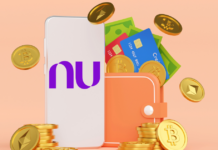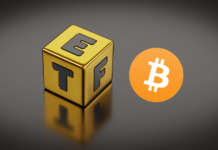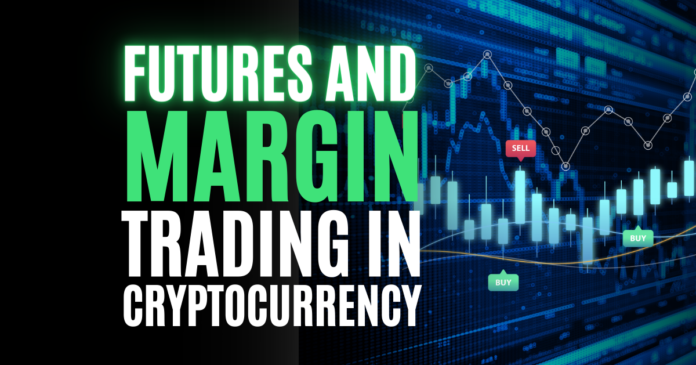Investors in cryptocurrencies should comprehend the basic difference between margin and futures. Although there are some significant distinctions between trading margin and futures, there are also certain commonalities and advantages and disadvantages to take into account.
Using futures to manage cryptocurrency positions is different from trading cryptocurrency on margin in the spot market. To buy or sell cryptocurrency on margin, one borrows funds from a broker. Trading in futures allows traders to take up sizable long or short positions on contracts with a set delivery date by posting margin as security. A different kind of cryptocurrency futures contract, called a perpetual future, has daily fees but no set delivery date.
Margin trading is the practice of borrowing money from someone else and using that money to buy or sell bitcoins on the same spot exchange. This enables you to benefit even if the price of BTC declines. The futures trading involves buying or selling a financial contract that settles dependent on the price of BTC at a fixed point in the future.
Explanation With An Example
Spot Trading
Imagine now that BTC is $10,000. When you purchase 1 BTC, the price increases by 10%. Spot trading resulted in a $10 gain, or 10% increase.
Margin Trading
For example, if the exchange permits 5x leverage and your initial margin is 50%, and you have $10,000 to trade with, you can borrow an extra $40,000 to increase your total purchasing power to $50,000, allowing you to purchase 5 BTC. Your profit has tripled to $5,000, 50 percent, when the price increases by 10%. Leveraging can boost your return. Your initial margin is the least amount of Bitcoin you must deposit to open a position.
But an interest rate is charged while trading on margin. For instance, if the daily interest rate is 1%, your daily interest expense would be $400. You can only lock in this variable interest rate for a period of one to thirty days. The cost of keeping your position can bankrupt you if you’re searching for a long-term transaction. particularly if the bitcoin price starts to go against you.
Futures Trading
Futures trading on Binance offers a 20x leverage. The fundamental distinction is that you may decide whether to long or short an asset. This implies that you can engage in trading by projecting whether the asset’s value will increase or decrease, which is not possible with margin trading.
You may, for instance, place a short order on Bitcoin if you anticipate a decline in its value. You will gain from the drop if your guess is accurate. Due to the ability to trade in any market conditions, Binance’s futures trading platform makes for an excellent hedging tool.
Futures trading is a popular kind of trade. The majority of futures exchanges only allow deposits in BTC, USDT or coin-margined contracts. Let’s say you own 1 BTC worth $10,000. Given that the exchange can easily grant you 20x leverage so you must put 5% of your capital down as first margin. The same 10% rising prices can result in a 200% profit for you. You can get a bigger return because of the increased leverage, but you can also generate a higher loss. You will lose the entire amount if the price changes by 5 percent against your favor. Therefore, use larger leverage with caution. Anything below 5x leverage is a safer bet.
Benefits of Trading Futures
There aren’t any daily interest fees. The cost of the futures contract will be increased or decreased. When you strike a transaction on a futures contract, you will precisely know how much interest you will pay throughout the duration of the contract.
Perpetual Futures
Cryptocurrency perpetuals are characterized by the use of auto-deleveraging, which forces high-leverage, profitable traders to forfeit a portion of their profits to cover the losses of the other side. Even insurance funds, pools of assets designed to prevent the need for auto-deleveraging. High leverage, sometimes over 100 times the margin, is also available with these products.
A “funding rate” is a price-anchoring strategy because perpetual futures do not have set expiration dates. Regular payments are made between buyers and sellers through it. By encouraging a market balance, the financing rate balances short and long holdings. It functions as a rebate or fee to maintain market equilibrium.
Using perpetual futures and perpetual swaps, traders may buy and sell cryptocurrency without having to continuously roll over contracts that are about to expire. Additionally, they can be utilized as short-term trading vehicles for long- or short-term leveraged trading.
Cryptocurrency traders are increasingly using perpetual crypto futures and perpetual crypto swaps. Trading volume has significantly increased since the platform launched a few years ago.
And for our best, freshest research on NFT buys, Layer 1 chains, DeFi, or games, come check out Altcoin Buzz Access. Plans start at only $99 per month
For more information on cryptocurrency, visit the Altcoin Buzz YouTube channel.
Images courtesy of TradingView.
Disclaimer
The information discussed by Altcoin Buzz is not financial advice. This is for educational and informational purposes only. Any information or strategies are thoughts and opinions relevant to accepted levels of risk tolerance of the writer/reviewers and their risk tolerance may be different than yours. We are not responsible for any losses that you may incur as a result of any investments directly or indirectly related to the information provided.
Do your own due diligence and rating before making any investments and consult your financial advisor. The researched information presented we believe to be correct and accurate however there is no guarantee or warranty as to the accuracy, timeliness, completeness. Bitcoin and other cryptocurrencies are high-risk investments so please do your due diligence. Copyright Altcoin Buzz Pte Ltd. All rights reserved.



























